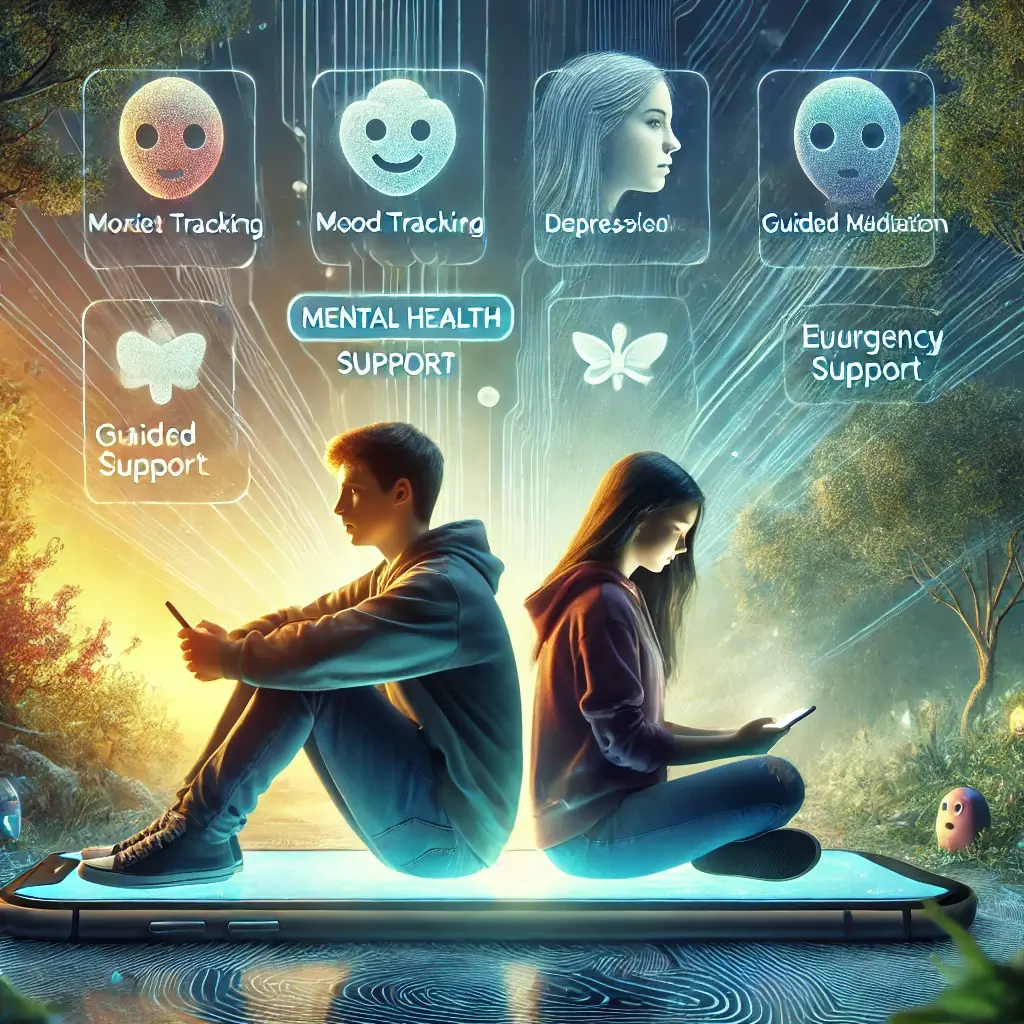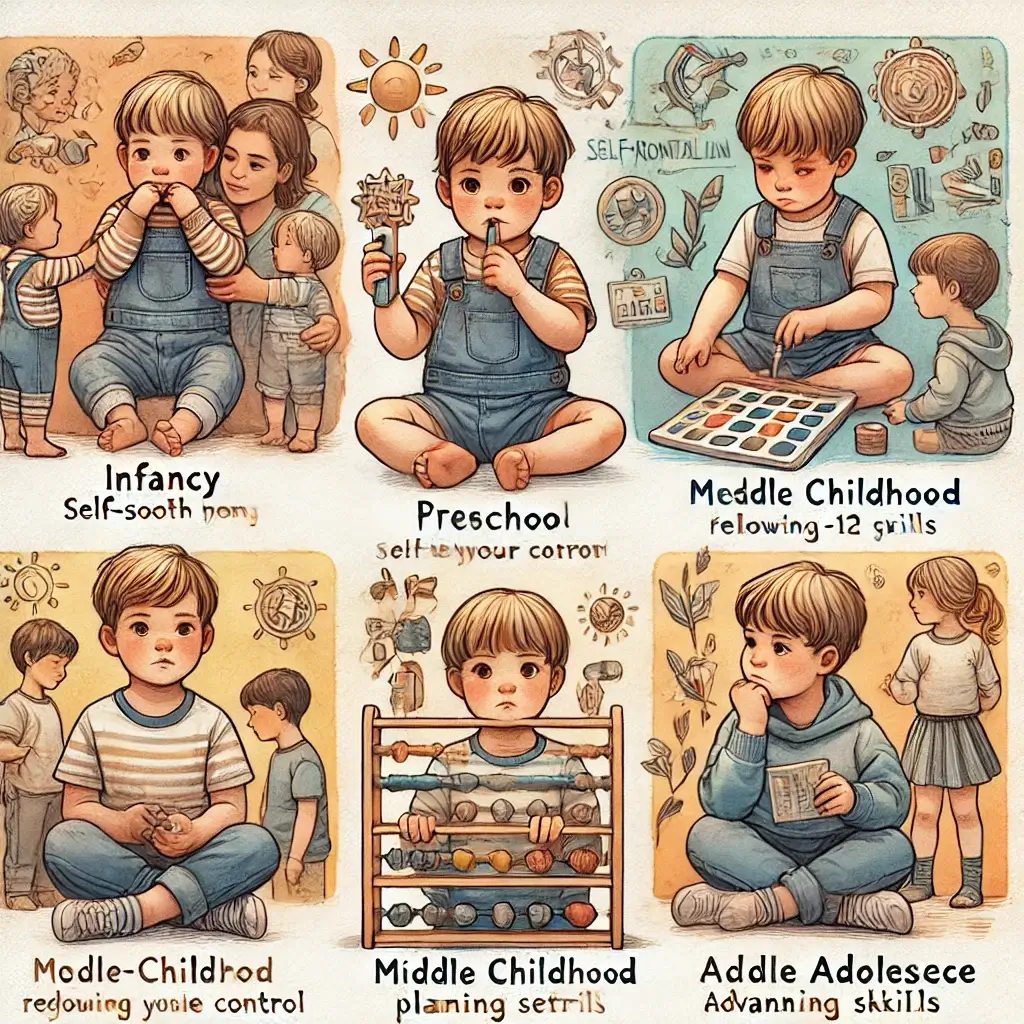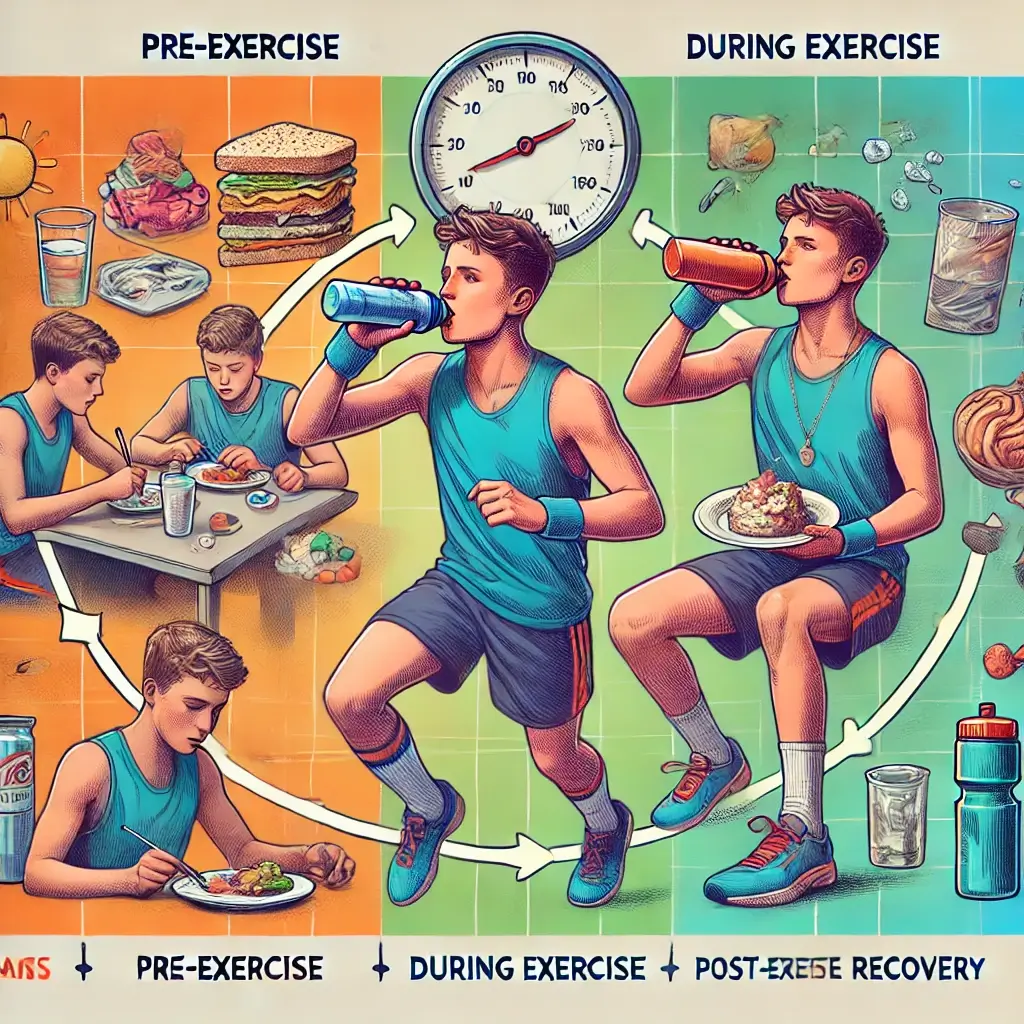The Growing Mental Health Crisis Among Teens
The mental health of teens is increasingly under threat, with anxiety, depression, and stress affecting millions globally. The rapid pace of life, heightened academic pressures, and omnipresent social media have all contributed to this growing crisis. However, amid these challenges, digital tools have emerged as powerful allies in addressing teen mental health needs. With their accessibility, privacy, and innovative therapeutic interventions, these tools are reshaping the landscape of mental health care for adolescents.
Recent Data and Expert Insights
Recent data underscores their transformative potential. According to the Journal of Digital Psychiatry (2024), integrating digital tools with traditional therapies boosts therapy engagement by 40% and improves help-seeking behaviors by 55%. The rise in their usage—up by 65% since 2022—reflects their acceptance among teens and caregivers alike. These tools range from apps offering mindfulness exercises to platforms providing immediate crisis intervention, demonstrating versatility in addressing diverse mental health challenges.
Clinical Perspective on Digital Tools
Dr. Rachel Thompson, a clinical psychologist specializing in adolescent care, emphasizes, “Digital tools can fill critical gaps in mental health services, especially for teens hesitant to seek face-to-face support. Yet, their efficacy depends on scientific validation and thoughtful implementation.” This article explores the effectiveness of these tools, highlighting current research and offering insights for their optimal use.
Research Findings on Digital Tool Efficacy
A growing body of research confirms the effectiveness of digital tools in improving mental health outcomes for teens. A 2024 study involving 5,000 adolescents found that those using evidence-based digital tools experienced significant improvements:
Categories and Impact of Digital Mental Health Tools
Digital mental health tools for teens are broadly categorized based on their primary intervention areas. Features include guided breathing exercises, exposure tracking, and professional monitoring capabilities. Impact shows improved coping skills and emotional regulation in 65% of users.
Expert Recommendations for Tool Selection
Experts stress the importance of choosing validated tools. Dr. Thompson notes, “The effectiveness of digital tools hinges on their scientific foundation. Parents and teens must prioritize apps with peer-reviewed evidence of their therapeutic value.”
Implementation Guidelines for Success
The success of digital mental health tools depends on structured implementation. Mental health professionals should guide the selection and use of tools to align with the teen’s therapeutic goals. Parents play a vital role in setting usage boundaries, monitoring progress, and maintaining open communication with teens about their mental health.
Concluding Insights
Digital tools are not just supplements but essential components of modern mental health care for teens. Their ability to provide immediate, accessible, and tailored support positions them as invaluable resources in combating the rising mental health crisis among adolescents. However, their efficacy and safety depend on careful selection, proper implementation, and integration with professional care.
Expert Final Thoughts
As Dr. Michelle Rodriguez aptly states, “The success of digital mental health tools lies in the intersection of technology and human connection.” By ensuring rigorous evaluation, thoughtful use, and continuous oversight, these tools can empower teens to navigate their mental health journeys confidently and effectively.
Sources and References
Journal of Digital Psychiatry. (2024). “Efficacy of Digital Tools in Teen Mental Health Interventions.”
Digital Therapeutics Assessment Study. (2024).
Stanford Digital Health Lab Research. (2024).
Adolescent Mental Health Technology Review. (2024).





